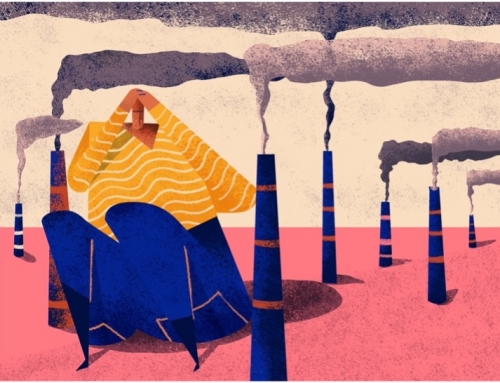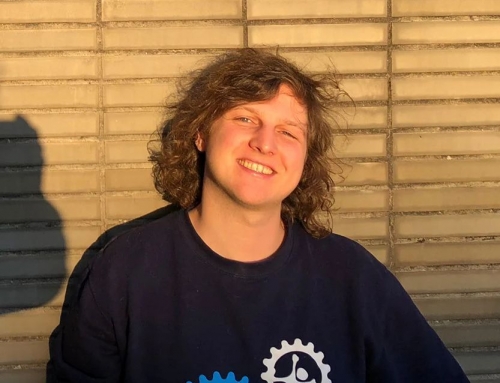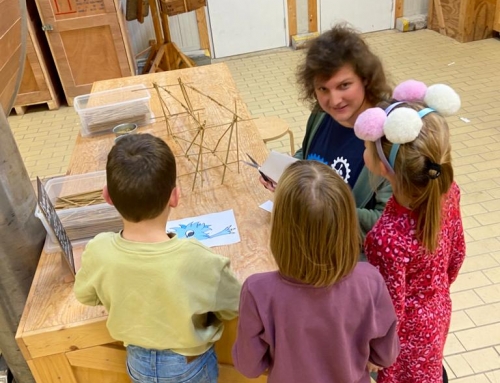12-03-2020
Who is GGD?
The letters GGD stand for Gemeentelijke Gezondheidsdienst (The municipal health service). The GGD is run by participating municipalities and is responsible for the health of its residents. The GGD focuses primarily on certain health-related tasks. These tasks are ‘Jeugdgezondheidszorg, medische mileukunde, infectieziektebestreiding, bevolkingsonderzoeken and gezondheidsvoorlichting’. With these tasks, it protects, monitors and promotes the health of the people in the Netherlands (Wat doet een GGD , n.d.)
Dilemma, dilemma, dilemma
During primary- and secondary school, the GGD focuses on the health of young children. At primary school, they check their height and weight and at secondary schools they provide “voorlichtingen” about alcohol and drugs to make the children more aware of those topics. However, as soon as these children leave secondary school, contact with the GGD will decrease. The only reason the GGD is still being looked up by young people is for an STD test or for travel vaccinations (Korven, 2020). The GGD runs the problem that it has difficulty reaching the target group with the age of 16-25. The task of the GGD- West Brabant is to prevent health risks and to make its region as healthy as possible. However, the youth often does not know that they can come to the GGD with their health problems. This piece of information is missing because of the lack of accessibility they have to the target group. Social media could be a possibility for this accessibility. However, the GGD also struggled with the problem that their image is not very good among the youngsters (Korven, 2020) and therefore, has difficulty reaching the target group via social media. It is not always certain whether children tell the truth or want to take the GGD in full confidence, with fear that their dilemmas will be passed on to the parents. The question the GGD is therefore struggling with is: how can we reach the target group 16-25? With the underlying idea of preventing health risks. This possibly links up with my previous call to action blog where I was wondering if a company like the GGD could be able to retrieve data via social media to find out more about their target group and their health. But also, that Instead of Facebook being there first and allowing deal with their emotions incorrectly using advertisements. The GGD can help these young adults by simply making it more clear that they exist and can and want to help them.
In it for the youngsters
In my first blog, I told about my previous projects and research. This led to surveillance capitalism and how we can use data in a positive way. In particular, how we can use this with young people who are not feeling well mentally, to improve their health instead of taking advantage of it. With this GGD project, the use of social media to reach the target group is an option. However, research must first demonstrate that this is what the target group wants and needs. When I look at the earlier projects, my interest is mainly in health. With my sexting project and my research into surveillance capitalism, which focused on emotional manipulation, I see a concern for young people who cannot get steadiness. This cause is, in many cases, social media. And my new assignment now shows that the GGD is not getting it either. With that I now know that steadiness within health is my vision and since the GGD is also sharing this vision, the assignment in how to reach the target group 16-25 for them to know that the GGD can help them with their health issues, will fit me well.
My vision on the question of the client has therefore changed. Instead of focusing on the social media aspect where I want to see if the GGD could retrieve data for the better to find out more about their target group, I want to focus on how to really reach this target group, putting social media aside as it may or may not be an option, and putting the main focus on getting these young adults to reach to GGD in order for the GGD to help them with their mental health problems.
A lot of pressure
My interest in social media is still existing and if it turns out that social media may actually be the option to reach the target group more it will only be helpful that I have done so much research about it. However, the underlying thought is now steadiness in mental health. Nowadays, there is a lot of pressure on this target group and they need to learn about how to deal with this pressure in order for them to stay healthy. Robert Booth noticed that in 2019 the number of people in the UK with the age 16-25 who say that they do not believe that life is worth living by a sense of overwhelming pressure from social media that drives feelings of inadequacy has doubled from 9% to 18 % in over a decade (Booth, 2019). Whereas Henry Hepburn has also observed that “more than half of 16- to 25-year-olds in Scotland think that social media creates an “overwhelming pressure” on young people” (Hepburn, 2019). With the pressure mainly placed on the feeling that their life is not as fun as others. Therefore, social media is still playing a big role in the part of mental health and the fact that young adults are mostly dealing social pressure via different online platforms. But besides this social pressure, the young adults these days are also struggling with a lot of performance pressure. Many young adults have found that the labor market is currently very difficult. In addition to having trouble finding a job in their field, many young people who have been graduated, already suffer from burnout. Complaints from these young adults are often stress, fatigue and fear (Greentrends, 2019). Young people have often heard at an early age that they can do everything and they now want to do all of this at the same time: to travel, a social life, a love life, a successful job (Greentrends, 2019). This illustrates a struggle also with performance pressure that is high among this target group and thus causing many burnouts and therefore, mental health problems. I think it is important to act upon this information and start trying to help this target group. And I think that the GGD is a perfect organization that can help me start doing this.
References
Booth, R. (2019, February 2019). youth unhappiness uk doubles in past 10 years. Retrieved from the guardian: https://www.theguardian.com/society/2019/feb/05/youth-unhappiness-uk-doubles-in-past-10-years
Greentrends. (2019, February 16). burn-out-onder-jongeren. Retrieved from greentrends: https://www.greentrends.nl/burn-out-onder-jongeren/
Hepburn, H. (2019, February 5 ). social media puts overwhelming pressure young people. Retrieved from tes: https://www.tes.com/news/social-media-puts-overwhelming-pressure-young-people
Korven, I. (2020, January 23). (C. Schute, Interviewer) Breda, Brabant, Nederland.
Wat doet een GGD . (n.d.). Retrieved from ggdghor: https://ggdghor.nl/home/wat-doet-een-ggd/





